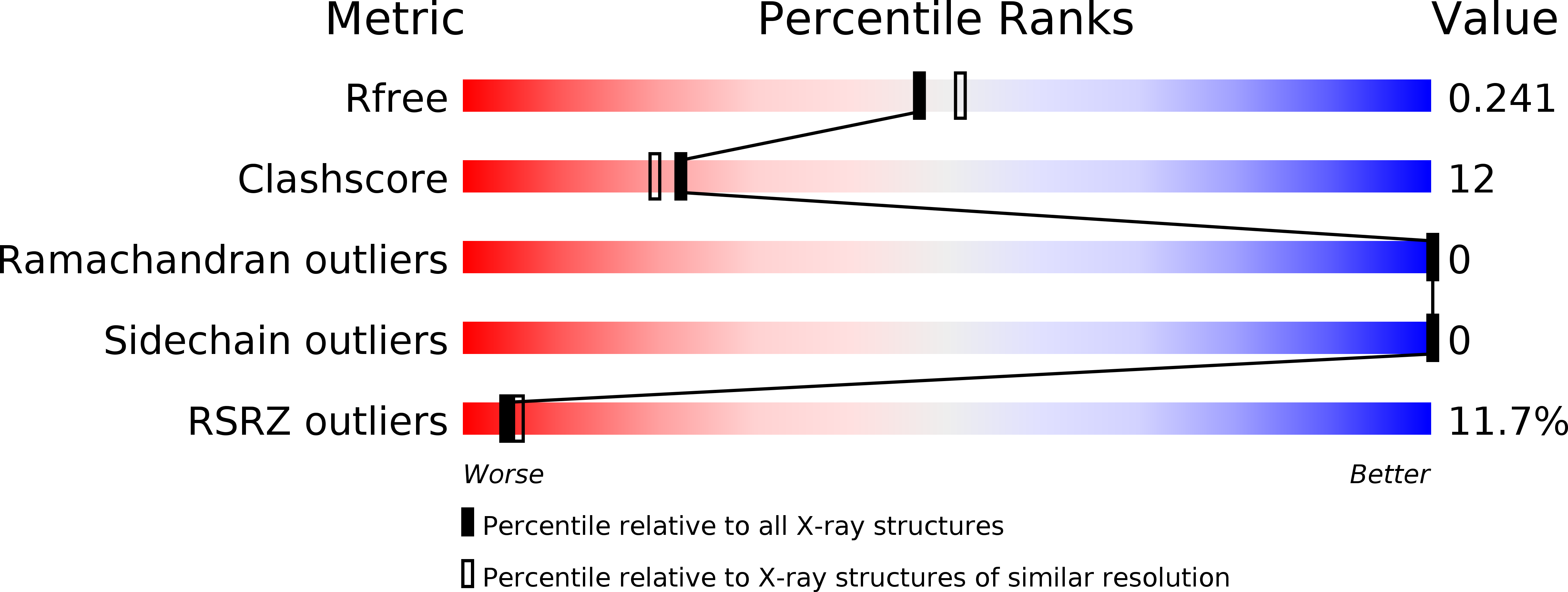
Deposition Date
2010-08-24
Release Date
2010-10-13
Last Version Date
2024-11-13
Entry Detail
PDB ID:
2XOW
Keywords:
Title:
Structure of GlpG in complex with a mechanism-based isocoumarin inhibitor
Biological Source:
Source Organism:
ESCHERICHIA COLI (Taxon ID: 562)
Host Organism:
Method Details:
Experimental Method:
Resolution:
2.09 Å
R-Value Free:
0.24
R-Value Work:
0.19
R-Value Observed:
0.20
Space Group:
H 3 2


